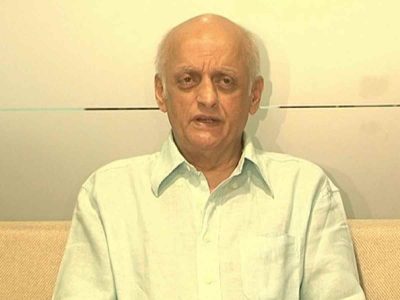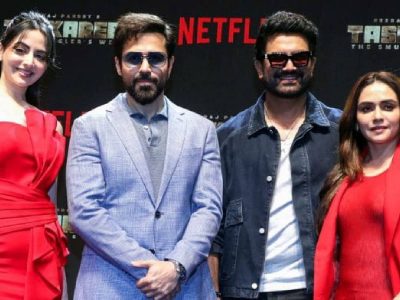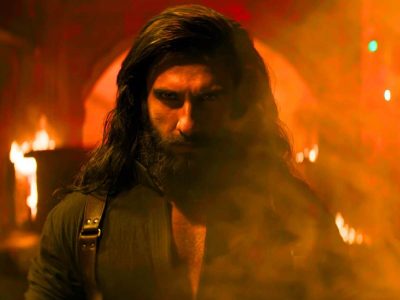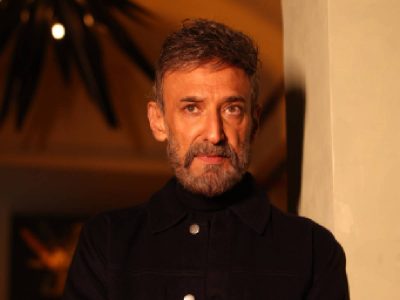If you are a Dev Anand fan and happen to visit the Qutub Minar, you would be drawn into humming the vintage number Dil Ka Bhanwar Kare Pukaar…
Arguably, it is among the most popular songs featuring Dev Anand. Generations of Indians have been transported to the world of romance on hearing this song, in the voice of the matchless Mohammed Rafi, from the 1963 classic, Tere Ghar Ke Samne.
This song was to be shot inside the majestic Qutub Minar. Dev Anand and Nutan were preparing for the song for two days before the shooting.
But when the D-Day arrived, the cameraman and other crew members of the unit could not shoot the full song inside the Qutub Minar due to cramped space.
Despite their efforts, success was elusive.
The failure did not disappoint or deter Dev Anand. He took some shots of Qutub Minar and then finally shot the song at the Kardar Studio in the then Bombay.
When Tere Ghar Ke Samne was released, the song penned down by Hasrat Jaipuri and with a soulful music by Sachin Dev Burman, became a rage.
In his illustrious career, Dev Anand had shot two songs of his films in Delhi.
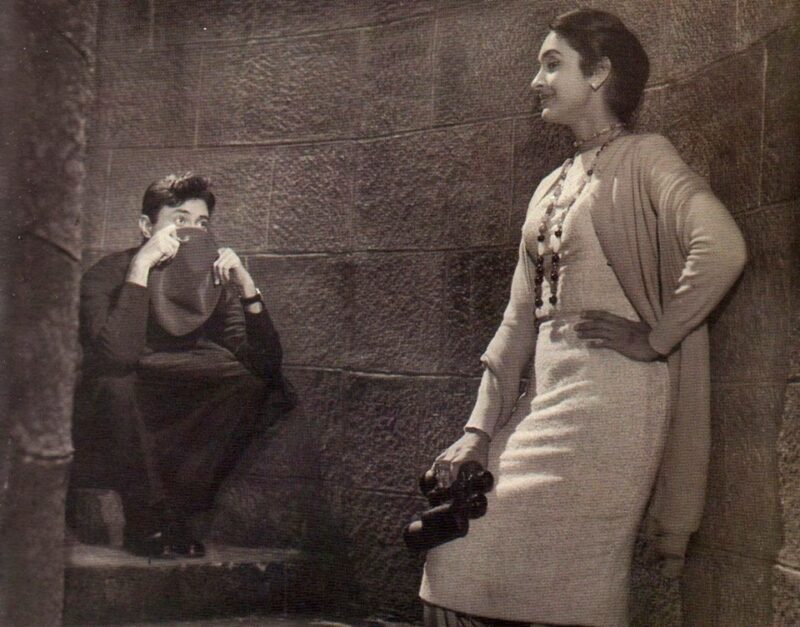
It is said that he visited Qutub Minar in 1950s as a tourist and was simply mesmerised by the beauty of the gigantic monument. That was the time he decided to shoot one of his film songs there.
Film buff Bhaskar Rammurthy, who used to live at Laxmi Bai Nagar in south Delhi when Tere Ghar Ke Samne was released, recalls, “I was in 5th class in DTEA School, INA Colony and went to see the movie at the Odeon cinema with my parents. Later, we school friends and neighbours even visited Qutub Minar on our cycles to see where the song Dil ka bhanwar kare pukaar was supposed to be shot.”
Dev Anand’s films always got a rousing response at Odeon, which had the distinction of having the first air-conditioned picture hall in Delhi.
Some say that the owners of Odeon, Sahnis, were related to him.
Munimji, Hum Dono, Guide, Jewel Thief and many more films of Dev Anand were screened there and Delhiites loved all the movies.
“I have seen Dev Anand when Guide was released at Odeon in 1960s. He had such a charming personality. He was a huge crowd-puller,” recalls Ravinder Kumar, an author and eternal fan of Dev Sahab.
He adds, “I was also there when Hum Dono was released in colour version in Mumbai. I was serving the Railways then. He was active and agile like he was during my first sighting of him. Full of life.”
Dev Anand’s brothers
Odeon has also screened Haqeeqat (1964), the film by Dev Sahab’s elder brother, Chetan Anand.
Based on the 1962 Sino-India war, it is said that viewers used to cry while watching the movie.
Old timers say that Haqeeqat was watched by singer Bhupinder Singh’s friends too.
Bhupinder started his career in Delhi in All India Radio and Doordarshan, till music composer Madan Mohan brought him to Mumbai and gave him his first break in Haqeeqat.
He made a huge mark. Bhupinder sang with giants like Manna Dey, Rafi and Talat Mahmood in Hoke Majboor Mujhe Usne.
Dev Sahab’s other song in Delhi was the beautiful Hum Hain Rahi Pyar Ke of the 1957-released film Nau Do Gyarah.
Sung By Kishore Kumar, Dev Sahab is in a carefree mood driving a lorry on Delhi’s roads during the song. You would see India Gate, Connaught Place, Regal, Parliament House, Birla Mandir and some other prominent places.
Delhi looks enchanting and green when Dev Anand is driving. The then Rajpath looks so serene with virtually no traffic there. Of course, Delhi was small and lovely city then.
Nau Do Gyarah was the first film directed by Vijay Anand, the kid brother of Dev Anand. Also known as Goldy, Vijay was barely 22 years old when he directed the Nav Ketan banner film.
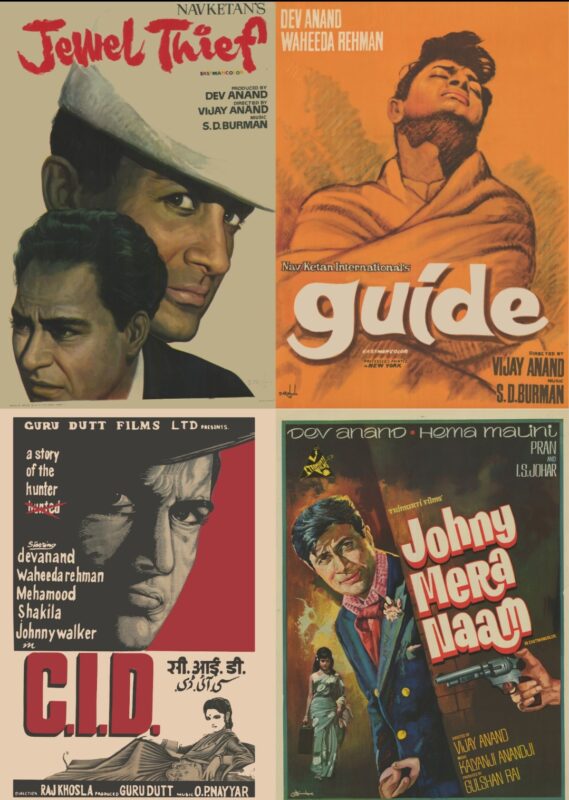
There are references of Link Road and Defence Colony in Nau Do Gyarah. Both these elite south Delhi colonies were coming up when Nau Do Gyarah was released. Dev Anand has some connections with Defence Colony. It is said that his sister Sheelkanta was married there. Sheelkanta’s son is Shekhar Kapoor, the noted film-maker.
Kapoor is a true Delhiwalla Punjabi. He is an alumnus of Modern School and St Stephen’s College. He used to visit Defence Colony, now an upscale neighbourhood, during his trips to Delhi.
Dev Anand, the style icon, was a rare person, who had no complaints against anyone.
He was totally committed to the film world. Sadly, India’s most important cinema award, the Dadasaheb Phalke Award, eluded him until 2003.
It is said that he was finally awarded due to the direct intervention of the then Prime Minister Atal Behari Vajpayee and Deputy PM LK Advani.
It is a well-known fact that many of his contemporaries had already made it to the august list of awardees, including Raj Kapoor (1987), Ashok Kumar (1988) and Dilip Kumar (1994).
“Dev Sahab was simply an amazing guy, full of energy and new ideas. He was a politically active person. He opposed the emergency tooth and nail,” says KK Bhargawa, President of Delhi-based Dev Anand Fans’ Club.
The club is organising a function to celebrate the life and times of Dev Sahab on September 26.


